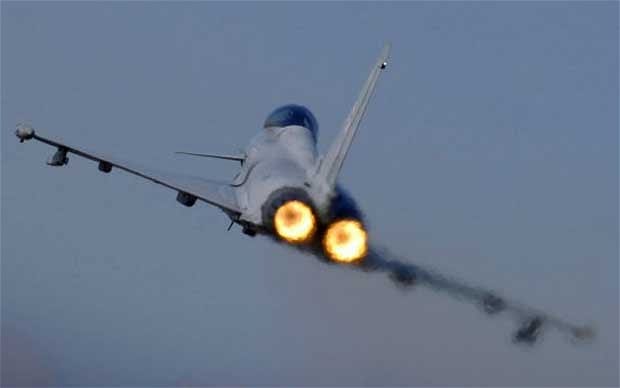
In December of 2011, the large issue of the European Defense world fell out, and gave birth to a microscopic agreement, resulting in much ado about not much. After endless talks about a merger between Thales and Safran, two European Defense giants, politicians found out a halfway honorable way, by setting up cooperation in the fields of optronics and Sofradir sensors, nothing more. What shape is the European defense industry in, today?
The main reason the French state, a large stockholder in both companies, wished this merging was financial. Both giants do possess technologies among the best in the world, but European states struggle more and more to face the burden of their costs, mostly because of the size of the companies and their similarity.
Both companies are in face-to-face competition in many fields, including optronics. Electronics applied to optics are indeed essential to battlefield superiority, but its development costs are high. So financing two research departments for one technology just isn’t worth it, and isn’t even justified by the innovation-driving effect of competition.
In addition, throughout the history of business, clients around the world have always paid for something they hate paying for: intercontract, the period between two sales during which the supplier pays its salaries, its taxes and its research & development costs, but doesn’t earn any money. The client therefore pays for the product it buys, but also all the other products that commercially failed, lest the supplier go out of business and deprives the client of the product it wants. Now, in the case of huge companies such as Thales (67.000 employees and 2,5 billion € $R&D budget) and Safran (60.000 employees and 1,4 billion € in R&D), that’s a massive markup on the purchased solutions. Let alone EADS with 135.000 employees and 2,5 billion € of R&D. The low number of sales, compared to other industries, just makes the matter worse.
All these additional expenses fall drastically as soon as the clients turn to smaller defense contractors. Which is made possible by the fact that the technologies they own and develop are similar, if not equal in quality. France counts several intermediate-sized companies as contractors of its armed forces, including for its most state-of-the-art equipment.
Nexter, formerly known as GIAT industries, doesn’t play in the same league as the European big firms, such as Thales, Safran, Sagem, EADS or BAE Systems. And yet, the defense contractor fields some of the best equipment in the world, including in the French army. The new CAESAR system provides artillery support for troops, unmatched in speed, range and power. The Leclerc main battle tank’s capabilities are in line with the British Challenger, the American Abrams, and the Israeli Merkava, and any other top-ranking heavy tank in the world. In fact, a large proportion of the vehicles and equipment fielded today in the French army comes from Nexter’s high-tech labs, while it employs « only » 2.700 people. And to critics who might object that small size equals small offer, the mid-sized company displays a whole array of state-of-the-art solutions in the fields of optronics, support, simulation or engineering. The fact that most of the equipment used in the armed forces comes from mid-sized companies illustrates that the intermediate category of defense suppliers holds a high level of technological output.
Another mid-sized French company, CNIM, has reached a comfortable cruise speed in the technological race, and has proved its worth in mobility technologies. With a strategic vision that competes fairly with that of the giants’, the mid-sized company CNIM knows where the future of military art lies: miniaturization, automation and interfacing. For the first two sectors, one of its branches develops small-scale drones capable of providing troops with decisive awareness on the field. As for interfacing, which is to say safely and quickly shifting troops from one surface to another (sea to land, for instance), the contractor has notably developed the recent L-CAT, or Landing Catamaran. The ship allows for rapid disembarking, or beaching, with no built infrastructure such as harbors and docks. The machine is a jewel of innovative technology. Built as a catamaran, the draft is greatly reduced, thereby increasing speed and exposing the troops for a minimum amount of transfer time. It can operate out of command ships and provide these ships with a substantial and rapid ground intervention force, such as an infantry platoon or even two, according to the model. With an 80-ton payload, it can haul 6 infantry support vehicles at an average 25 knots, which is an outstanding jump compared to the old landing crafts. And in that field, the only amphibious vessel capable of competing with the L-CAT is the American hovercraft, which can dash 15 knots faster, but loses 20 tons in the payload, and suffers high vulnerability.
The contraction of state and military budgets has brought to light that the technological levels of mid-sized defense companies are perfectly in line with the levels of giant contractors, and often with higher added value for an equal price. If the financial crisis continues long enough, the trend of merging companies may well revert back to favoring mid-sized structures.


